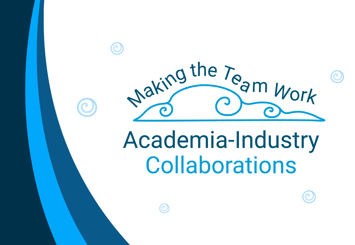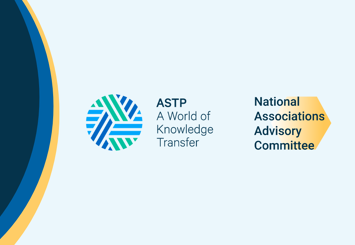
Academia–Industry Collaborations: Moving…
Across Europe, universities and research institutions are being called upon to play a more active role in driving…

Despite steady progress, gender inequality still casts a long shadow over Europe’s innovation landscape – from participation in science and engineering to patenting and venture capital access. But recent data offers both a wake-up call and a sign of momentum.
March 8 marked International Women’s Day – a moment to reflect on the role and representation of women in innovation. While recent decades have seen a clear rise in participation, gender parity is still far from achieved. Moreover, progress varies significantly across Europe.
In high-tech sectors, the percentage of women scientists and engineers ranges from under 15% in Luxembourg to 34% in Croatia. When it comes to patenting, the women inventor rate (the percentage of women named on patent applications) also shows striking differences: Austria sits at just 8%, while Latvia leads with more than 30%.
Founding a start-up is one way to translate innovation into real-world impact – but here too, gender inequality is evident. In 2023, women-founded companies in Europe received just 2.8% of venture capital funding.
Encouragingly, the 2025 edition of the Female Innovation Index (by the Female Foundry Group) reports that in 2024, deep-tech companies founded by women attracted 33% of VC funding. Synthetic biology, generative AI, and drug development were particularly prominent. An analysis of funding raised by female founders in Europe indicates that nearly two-thirds of this capital is allocated to ventures in the United Kingdom, France, and Germany. This distribution suggests that female entrepreneurs in the remaining European countries face significantly lower funding participation. Notably, Denmark and Finland led in terms of proportion: 30% and 20% respectively of total VC funding went to women-led companies.
While these figures signal positive momentum, it’s important to note that they reflect selected sectors and regions based on a single report. Broader data across the European innovation ecosystem often reveals more challenging realities. Although encouraging, these numbers underline how much work remains to achieve meaningful equity.
As knowledge transfer professionals, we are uniquely placed to foster more inclusive innovation. The newly launched ASTP EDI Toolkit supports this effort by encouraging KTOs to:

Across Europe, universities and research institutions are being called upon to play a more active role in driving…

In an era where universities and research organisations are called upon to deliver more than just excellent teaching…

In the ever-evolving landscape of knowledge transfer, data doesn’t just tell a story—it defines direction. With…
Join our newsletter and get the latest news